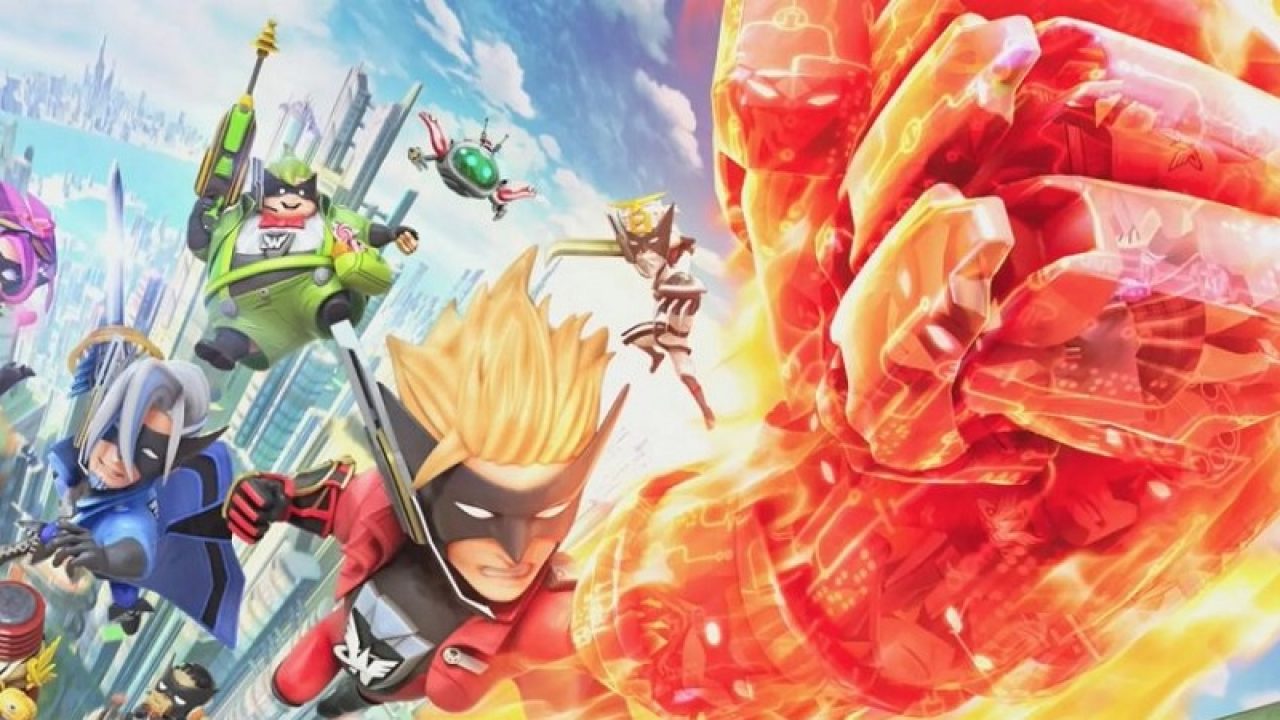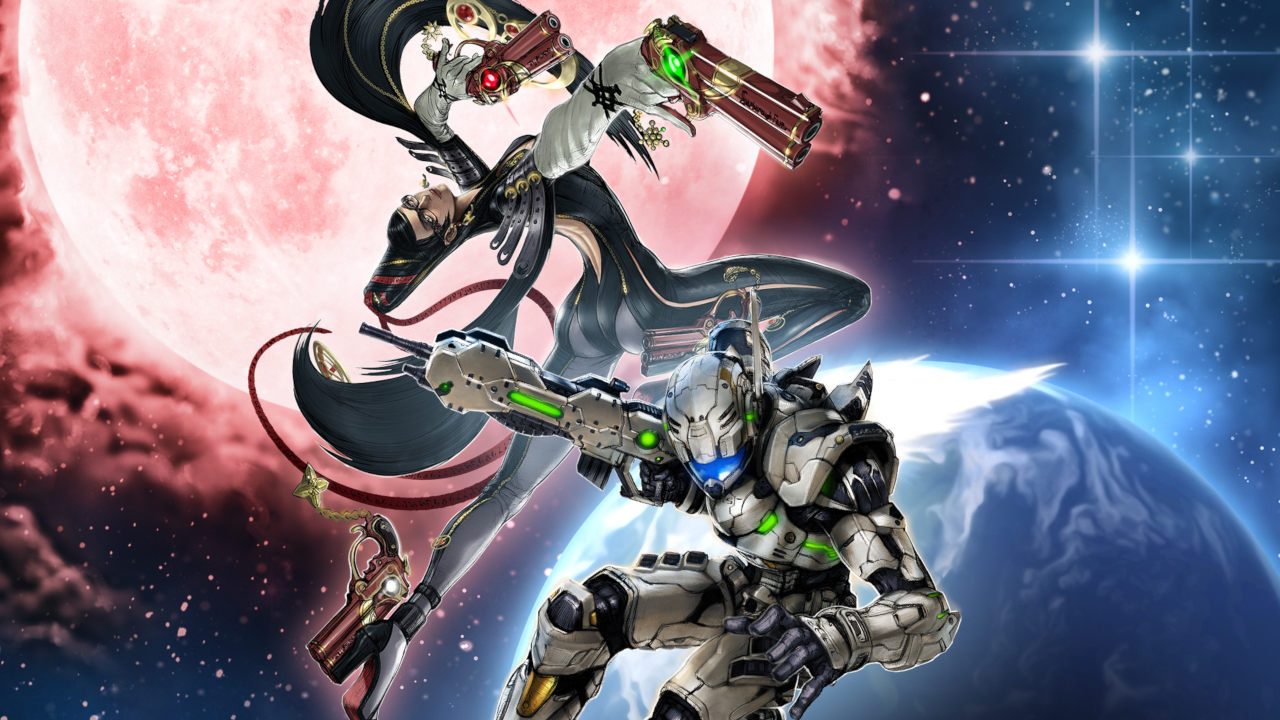The Open Beta for The Division 2 has come and gone, and perhaps I have spent too much time running and gunning through the streets of Washington D.C. Here are my impressions on the parts that I’ve managed to play so far.
1) The end game content is brutal. As expected.
End game is definitely interesting for The Division 2. So far there are three different specializations in the game: the Sharpshooter, the Survivalist and the Demolitionist, each with their own special weapons. The Sharpshooter provides the player with a .50 calibre rifle, an extremely powerful rifle that allows for massive damage against enemies, but is a very sharp instrument that is meant for taking down bosses and bullet sponges quickly. The Survivalist provides the player with a crossbow that is able to fire explosive bolts and other status-effect causing ammunition at the enemy, effectively controlling the battlefield and funneling enemies toward the player one by one. The Demolitionist provides players with a grenade launcher which does immense amounts of damage in an area-of-effect, allowing for crowd control but not doing so well in boss fights. All three specializations definitely work well together, but if you are intending to go it alone be prepared to die — a lot.
The game throws waves of enemies at you, expecting you to adapt and use your full range of abilities to your disposal. What they failed to do however was to account for survivability, which the first game did in spades. While giving the player more offensive abilities, those who are more defensive-minded will definitely suffer as the need to keep moving forward and killing on the go drives the player from cover to cover. The A.I is tough too, making flanking runs in the midst of battle and tossing every known device at their disposal at you. Explosive UAV’s blow up right above you, forcing you out of cover and opening you up to pot shots from every enemy. Snipers blind you the minute you decide to aim, all while heavily-armored personnel amble toward your ultimate doom. What the old game did previously was allow for some leeway, giving players choke points that would make things slightly easier for single players to deal with. With this iteration, it seems that you will have to bring a friend to cover your back.

2) The environments are DARK. REAL DARK.
I love the environments, I truly do. They are gorgeous, even on lowered settings. Day and night cycles come naturally, causing shadows to come and go beautifully. The winter landscapes of New York are now replaced by the dry and wet spring environments of Washington D.C, which realistically leaves puddles of water after the rain has died off, and footsteps sound authentic on any surface. However, swap the streets for underground fighting and you will find yourself constantly looking at the black of a very night-like background, which makes visibility really bad and hard to make out where enemies are coming from. In the previous game, there was at least the ability to scan where enemies were, giving map awareness to the player and highlighting them for easier identification. Under the skill tree, I did find the ability to do scans, but it was not available for the demo. This made it frustrating when I could not easily find out where the swarm was coming from, and often kicking the hornet’s nest resulted in me being overwhelmed by wasp stings, dying with plenty of holes in me. It did not help either that the colour schemes of the enemy models were all in black, making it even more impossible to see where they were except when exposed by muzzle flashes. Some enemies did paint luminescent green circles around their armour, but even those were hard to spot.

3) For a highly trained Division Agent, you sure feel sluggish
Everything about the character you use screams “I LIFT”. Characters should be customizable if the first game is anything to go by. However, the way they look doesn’t translate to how they move onscreen, no matter how buff or well trained they look. One thing is clear, I felt a lag between hitting a button and the response of the character on screen. Aiming at an enemy was often slow, causing your character to miss the perfect time to fire at enemies running across the map to get to different cover. Anticipation seems to be the name of the game, predicting run patterns of the enemy A.I. in order to determine where and when to shoot. This makes things frustrating as the perfect shot often eludes you, and when the swarm hits, perfect shots definitely do not come as often as you’d like in order to thin the herd, which then compounds the problem of having too much to deal with in too little space.

4) Skill shots. Really?
One thing I miss from the old games was the ability to have skills that would automatically trigger for you. Seeker mines, sentry guns… they helped a lot with players who had to contend with enemy troop movement as well as being shot at. Activating them would mean that these skills would shoot enemies for you, or seek enemy units and blow them up. Some, like me, used them as an early warning system; fulfilling a dual function of seeking enemies out when they got too close as well as alerting me to their presence. This seems to not be the case in The Division 2, where they are now activated and have to be sent on their missions; seeker mines have to be told where to blow up, sentries have to be told (in some cases) who to shoot, and assault drones do not “assault” the enemy automatically, they have to be told where to go and where to bomb. This makes for extremely frantic gameplay, forcing players to be extremely aware of their surroundings, which, according to my first point, is really difficult. They are not easy to aim either, as often I am shown where my skills cannot reach rather than where they can. Perhaps a ring which denotes the range of the skill? That could possibly help. Quite frequently did I have to peek above cover in order to make sure my drones or seeker mines could reach that area, only to be shot at rather amply and seeing my health decrease rather drastically; all just to see one poor soul explode. Bad trade-off.

5) The true Beta.
One thing they definitely got right though was that they really listened to the feedback of the players and implemented changes. I was invited for the VIP Beta, which was really nice, and when I started playing the game I realised there were still plenty of bugs; invisible walls, disappearing floors, and enemies that shot at you while completely invisible. Then there was the Chemical launcher, which many beta players complained about as it was too hard to use. A lot of it was cleaned up, and by the time I was invited to the closed test many of the minor bugs had disappeared. They had apparently, in a couple of days, fixed up many issues that bugged the player base like forced logouts during play sessions. This is probably a lesson to EA and Bioware that this is really what a beta is used for: to iron out the kinks and provide a better experience for the players from day one, not to judge player reactions to their game. By the time the Open Beta came around, I had almost no problem with the game technically-wise. This is good, and kudos to the team for fixing up the game real nice.
As there are now ten more days to the release of the game for the masses, I certainly hope that there will be changes to the difficulty of the game, making it more accessible for solo players to run around end game content. I am certainly excited for the game and will look forward to its release.



